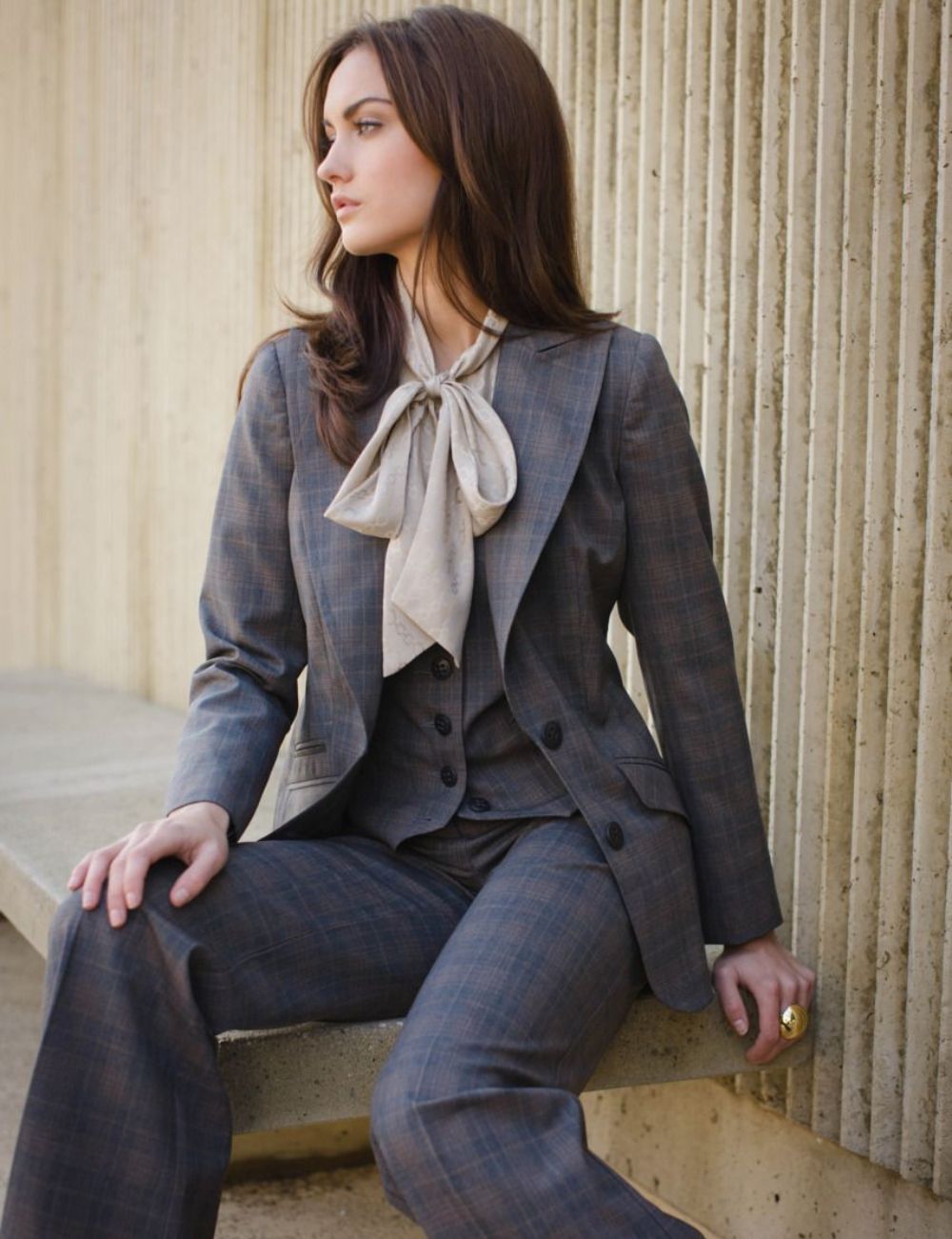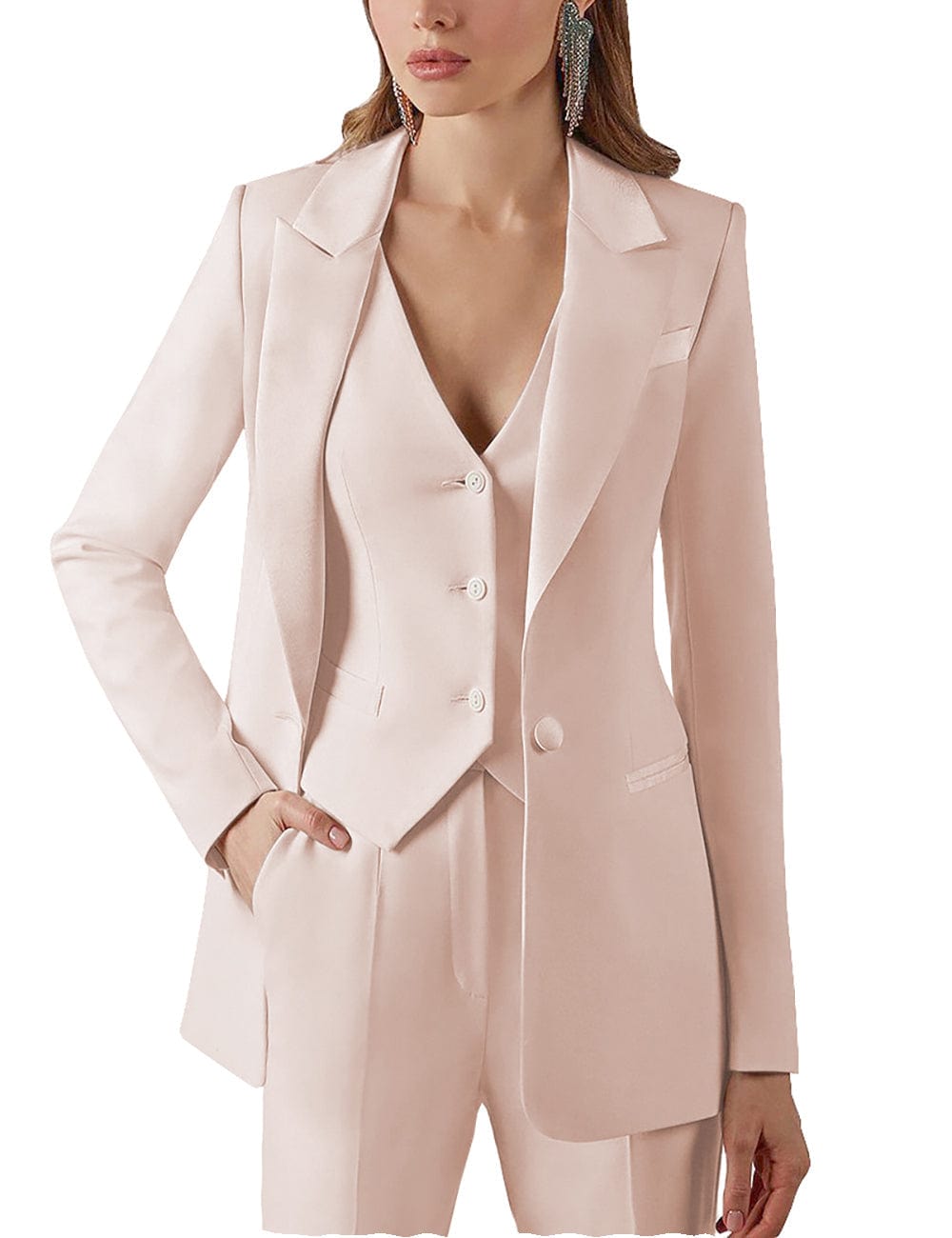Why Are Men's Suits Pricier Than Women's? Unraveling the Sartorial Disparity
The world of fashion often reveals intriguing nuances, and one such aspect is the pricing disparity between men's and women's suits. While both are essential components of professional attire, the cost difference can leave many wondering: Why are men's suits generally more expensive than their female counterparts? In this blog post, we'll explore several factors contributing to this sartorial peculiarity.
Fabric Consumption:
Men's suits typically require more fabric than women's suits. The tailored and structured nature of men's jackets, combined with longer trousers, contributes to increased fabric consumption. Quality fabrics, often used in men's suits, also tend to be more expensive, further impacting the overall cost.
Tailoring Complexity:
The construction and tailoring of men's suits involve intricate details, such as lapel styles, shoulder structures, and pocket designs. The complexity of crafting a well-fitted men's suit, with attention to details like canvassing and lining, requires a higher level of skill and labor, adding to production costs.
Diversity in Women's Fashion:
Women's fashion allows for a more extensive range of styles, cuts, and silhouettes compared to men's fashion. The diversity in designs and the need for flexibility in women's suits make the production process more intricate, but this variety can sometimes be achieved with less fabric, contributing to a lower overall cost.
Economies of Scale:
Historically, men's suits have enjoyed a more significant market share compared to women's suits. Higher demand for men's suits allows for economies of scale in production, leading to reduced per-unit costs. On the other hand, the relatively smaller market for women's suits can result in higher production costs per unit.
Customization and Personalization:
Men's suits often come with more customization options, such as personalized tailoring, monogramming, and unique detailing. These additional features, catering to individual preferences, contribute to the overall cost of a men's suit. Women's suits may have customization options, but the demand for personalized tailoring is often higher in men's fashion.
Marketing and Branding:
The marketing and branding strategies employed by fashion houses play a crucial role in pricing. Men's suits are often positioned as timeless investments, and the branding associated with men's tailoring may contribute to a perceived higher value. Women's suits, with a focus on trends and a broader range of styles, may be positioned differently in the market.
Conclusion:
The pricing disparity between men's and women's suits is a complex interplay of factors ranging from fabric consumption and tailoring complexity to market demand and branding strategies. While men's suits often command a higher price tag, it's essential to recognize the diverse landscape of fashion and the unique challenges and intricacies associated with both men's and women's tailoring. Understanding these factors sheds light on the fascinating world of sartorial economics.









